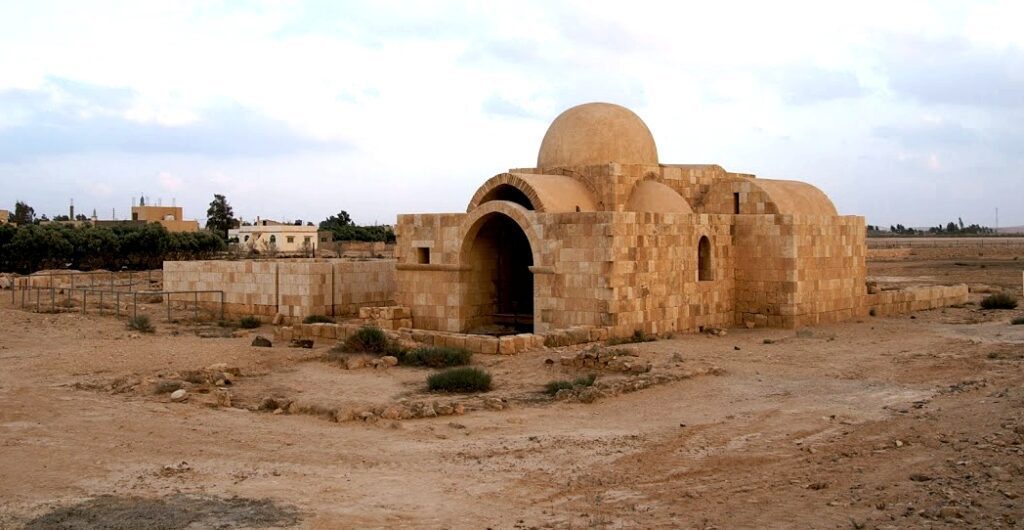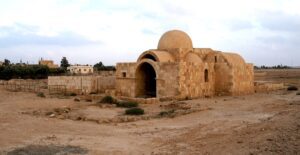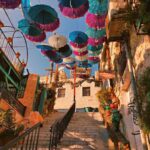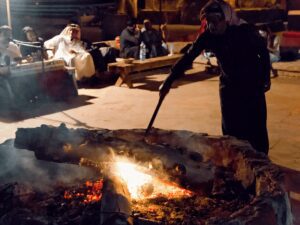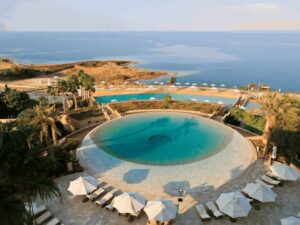Recent Completion of Umayyad Bathhouse Restoration Overcoming Financial Hurdles
After encountering financial challenges that caused a pause in the 2009-2012 restoration endeavor led by a team of Spanish experts, the Umayyad bathhouse “Hammam as Sarrah” has finally undergone full restoration, stated Professor Ignacio Arce, the project director at the German-Jordanian University (GJU).
Situated within the Qasr Al Hallabat, a renowned Umayyad desert castle near Amman International Airport, Hamman as Sarrah stands as one of the oldest surviving Muslim bathhouses.
Initial efforts by the Spanish team involved revitalizing the site’s vaulting system, façades, and a section of its hydraulic system, explained Arce. Unfortunately, due to financial constraints, the restoration could not be completed until years later.
With generous financial backing from the Gerda Henkel Stiftung foundation, Arce managed to finalize the restoration of Hammam as Sarrah’s reception hall. The restoration employed anastylosis, a method that integrates original fragments. This approach was used to restore the distinctive entrance gate and the floor pavement of the bathhouse.
Notably, the gate’s design features an elegant lintel from a Roman high-ranking commander’s tomb, adorned with laurel crowns. Moulded pilasters on the gate’s jambs reflect Umayyad artisans’ departure from Classical Greco-Roman conventions, signifying an attempt to establish a distinct “Umayyad architectural language.”
Arce mused that this effort to create such an architectural language, blending it with classical elements like the lintel, provides insight into how Early Islamic Art might have evolved if the course had not been altered by the Abbasid coup d’état.
The bathhouse’s floor had suffered significant deterioration, with only traces of pink and cream-colored stone tiles and marble slabs remaining. These valuable remnants were carefully documented and preserved using compacted sand. Utilizing the remaining tiles, the team reconstructed the original appearance of the hall.
Beyond its significance in understanding the formative stages of Islamic Art, the restoration project offers students in the Architectural Conservation master’s program at GJU the chance to engage in documentation, research, and design work. Arce, who played a key role in establishing the program, highlighted its specialized training, combining theoretical education with practical experience.
This specialized education empowers students to contribute to international projects, collaborate with foreign missions or intergovernmental organizations, work with the Department of Antiquities, or engage in heritage conservation with private architectural firms in Jordan and beyond, noted Arce.
Arce and his GJU colleagues eagerly anticipate the arrival of a new cohort of students, strengthening Jordan’s efforts to safeguard its architectural heritage.

